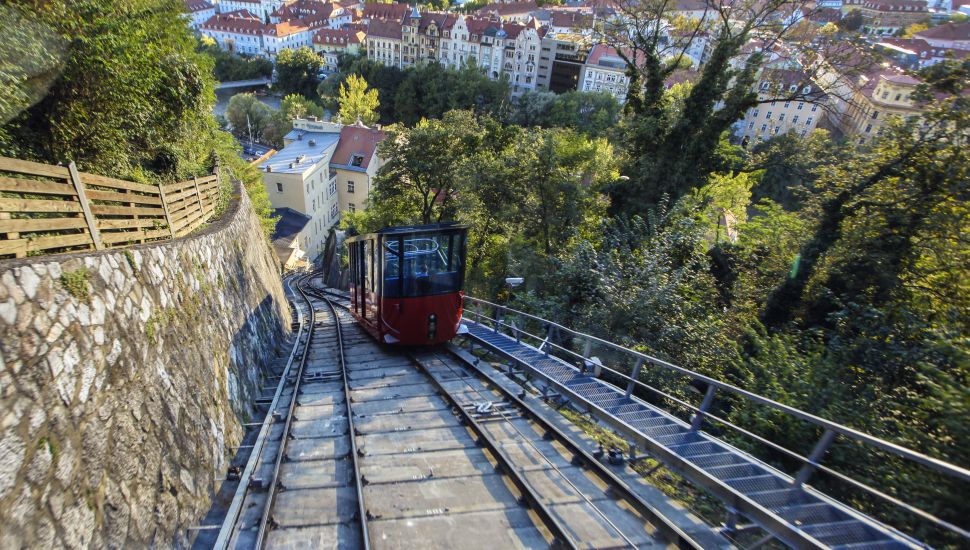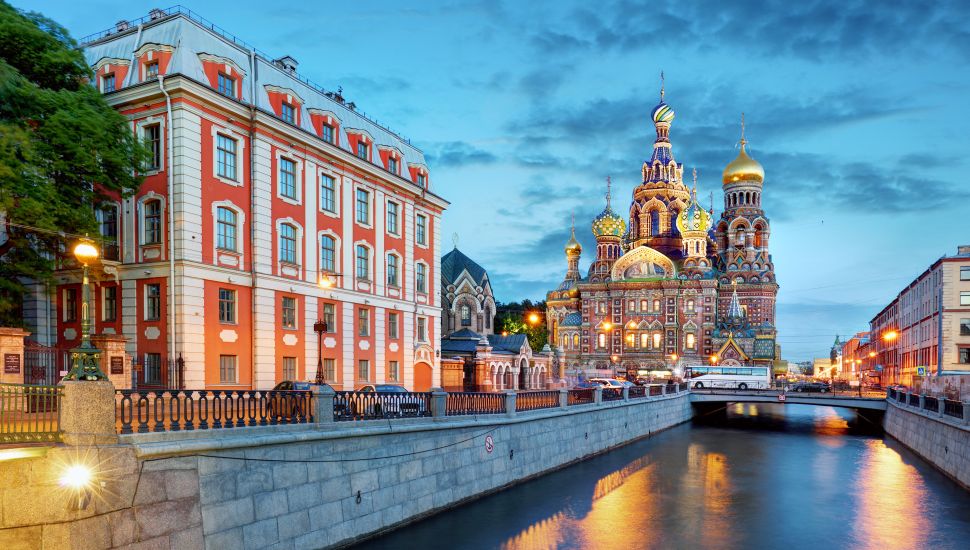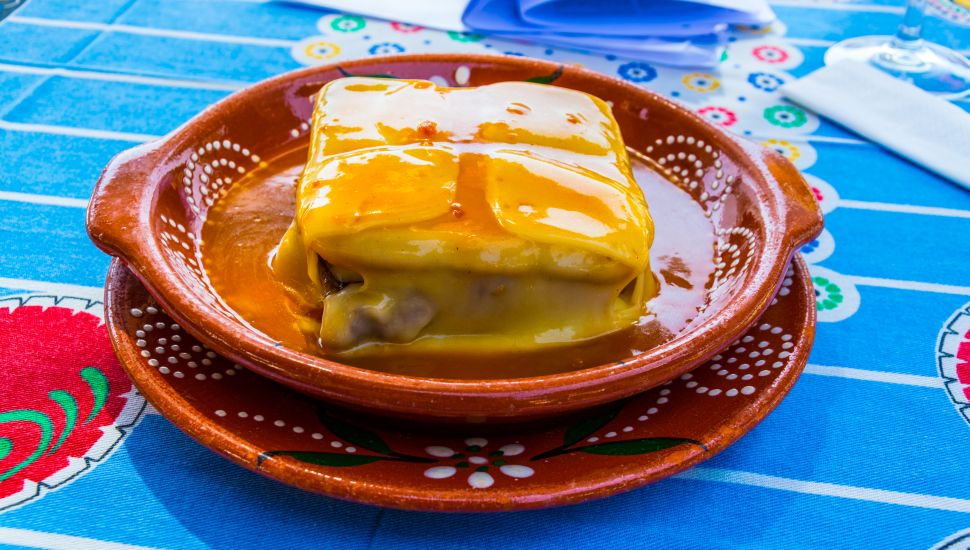3 Second-Cities - for First-Rate Getaways
There's no doubting the allure of capital cities: they have the largest populations, the biggest museums, the most exciting events.
But spare a thought for the world's second cities: smaller, more intimate, and usually easier to navigate. Overlook them and you're missing out on a raft of unique cultural, culinary and historical treats.
Here are three of our favourite European second cities...
Graz, Austria

Graz is arguably Austria's food capital, the highlight of which is the Long Table of Graz - a food festival in which the historic centre is transformed into a vast open-air restaurant. If you can't make it to 2020's Long Table event, fear not, there's amazing food year-round: Try classic Austrian sausage, often served with generous dollops of mustard and piles of grated cheese (about 3 euros from 'würstelstands'). And if you're a cake lover you won't be disappointed: lots of cafes offering delicious Austrian cakes await you.
But it's not all about food. Explore the grand old Town Hall (Rathaus), the Main Square (Hauptplatz) and the mansions of Herrengasse, among the finest of which is the Painted House (Gemaltes Haus), featuring beautiful frescoes from the 18th century.
For ultra-modern architecture, nip down to the banks of the River Mur and glimpse the futuristic Murinsel "island".
Graz gives you a taste of old-time Austria at a more laid-back, amenable pace than bustling Vienna.
St. Petersburg, Russia

Far prettier than its mighty big brother, Moscow, St Petersburg is steeped in history, having been renamed from St Petersburg to Petrograd (1914) then Leningrad (1924), then back to St Petersburg in 1991. It is best known for the Hermitage Museum, one of the largest in the world, which boasts more than three million items - only a fraction of which are on display at any one time.
Another must-see is the imposing Grand Palace, smaller than most Tsarist residences, but no less impressive.
And make sure you don't miss the General Staff Building - although to be fair, you're unlikely not to wander into the orbit of this vast structure, enveloping as it does Dvortsovaya ploshchad (Palace Square).
Visiting St Petersburg in winter or autumn can be a chilly affair, but the hearty food will get you through: try classic dishes like beef stroganoff, borscht, pierogi and chicken kiev - all available inexpensively.
While Russians can be a little stand-offish before you get to know them, residents of St Petersburg are considered warmer than folks from the capital.
As a UK citizen you'll need a visa and invitation letter, which can be arranged online quickly and easily.
Porto, Portugal

Ensconce yourself in the crumbling grandeur of Porto, Portugal's vibrant second city. Hop on the diminutive funicular up the old city wall (Muralha Fernandina), from which you can take in the best city vistas: ornate tiled houses, port cellars - and the imposing Dom Luís I bridge.
Once you're back in the city, set aside time to visit the iconic red-brick Livraria Lello bookshop; the stunning baroque Clérigos Church; and the vast Neoclassical Bolsa Palace.
When it comes to imbibes, there's one must-try: Porto wine (better known as Port). This sweet red wine is made using distilled grape spirits from the Douro valley in the country's north.
What about the food? The Portuguese have placed meal times front and centre. For most Britons, the most alluring bites probably include pasteis de nata (a flaky custard tart), invariably serve with strong Portuguese coffee. The francesinha sandwich is another delicious treat, made with wet-cured ham, linguiça, fresh sausage, steak or roast meat, and topped with melted cheese and spiced tomato and beer sauce. However, let's not talk about the locals' penchant for tripe dishes, or those made with lungs, blood and liver!
It may be just over two hours' flight from London, but Porto is worlds away in terms of history, architecture and food!
Get a Quote